Skeldrak's Escape (SKEL-drak's es-CAPE)
Hnefatafl
Skeldrak's Escape, or Hnefatafl, a revered game of strategy and wit, has been played for thousands of years across the realms. Symbolizing the struggles of the legendary hero Skeldrak, the game pits a king and his loyal guards against a superior force of besiegers. The game's asymmetrical nature reflects the high stakes of Skeldrak's mythical battles, emphasizing strategy, sacrifice, and the art of escape against overwhelming odds.
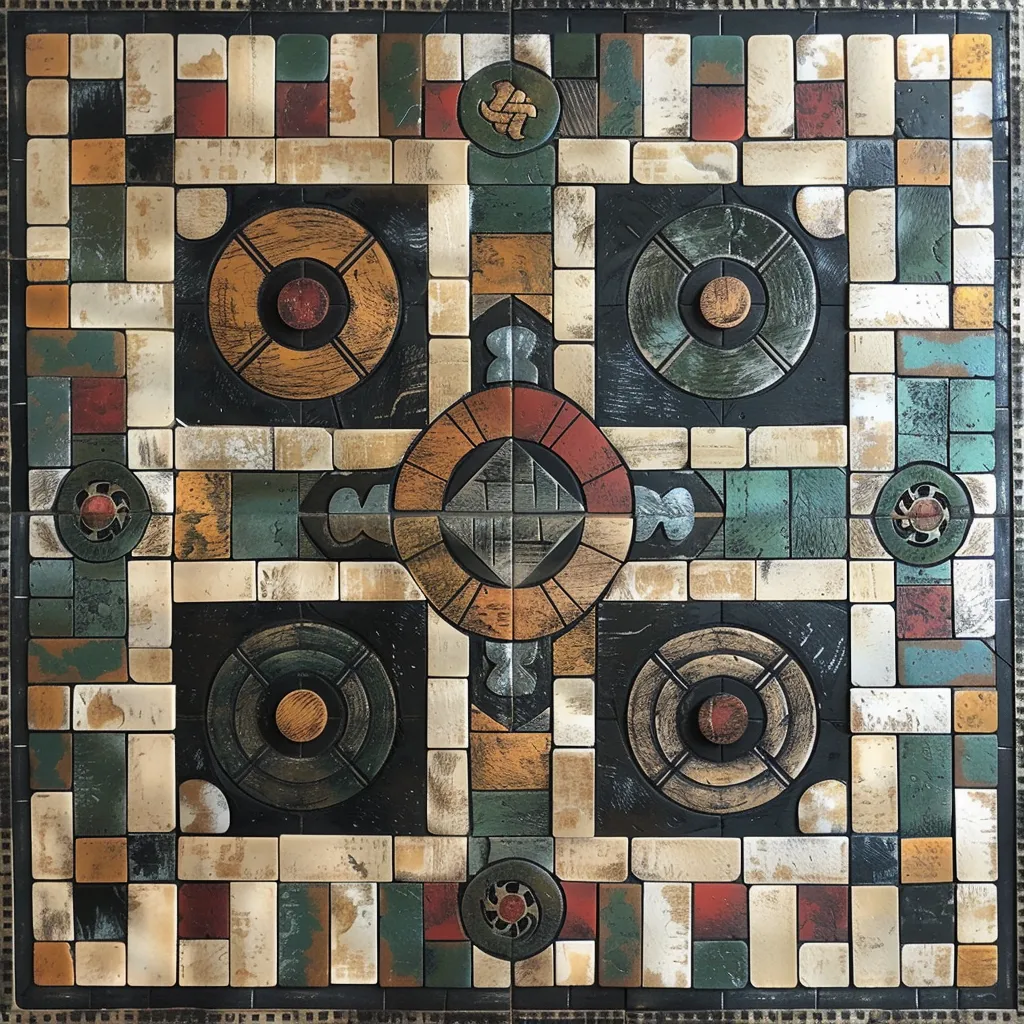
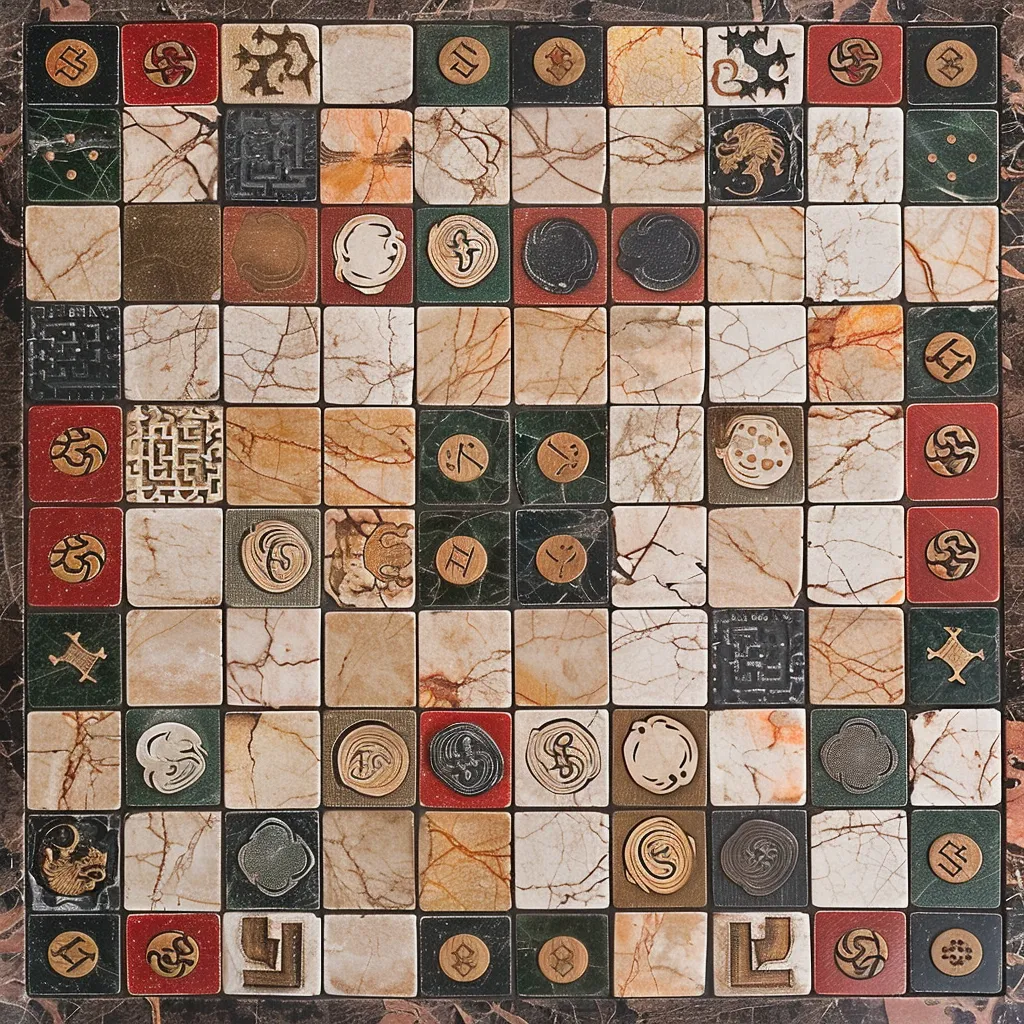
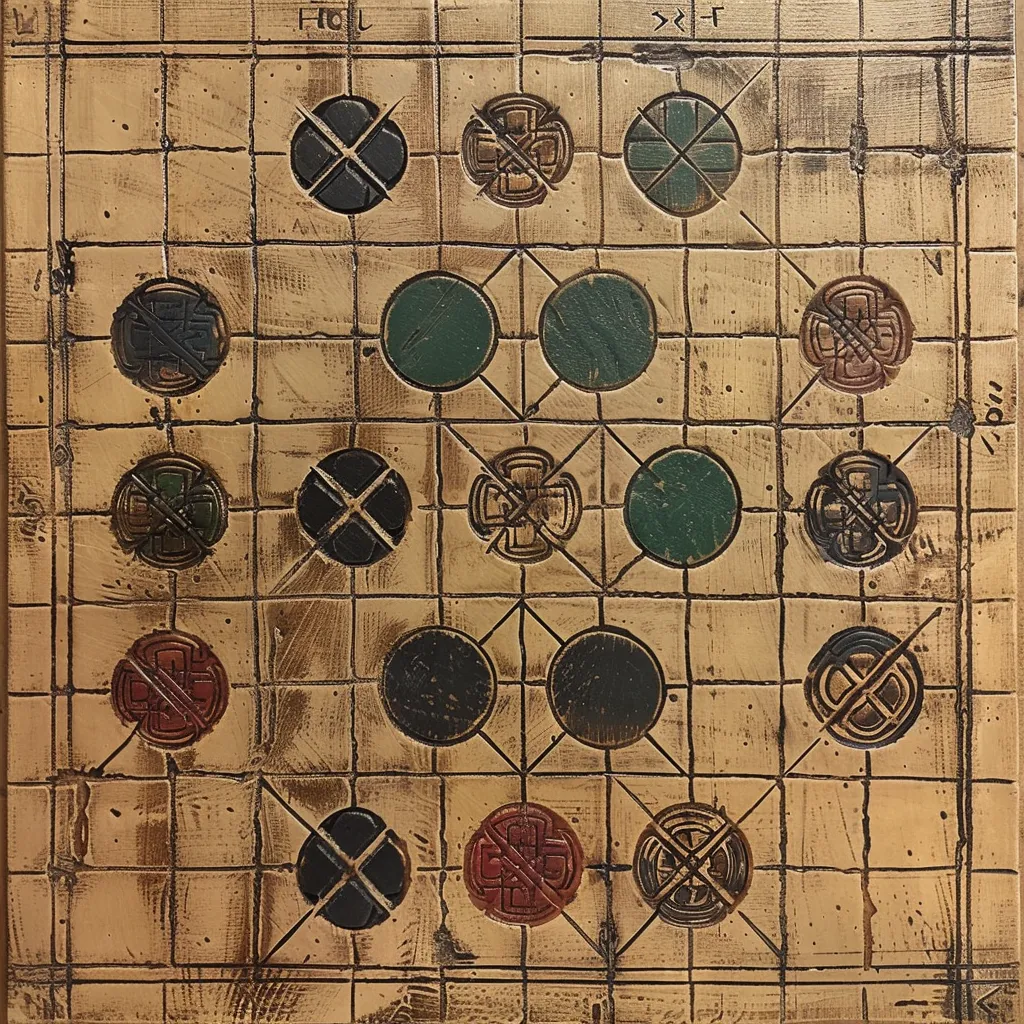
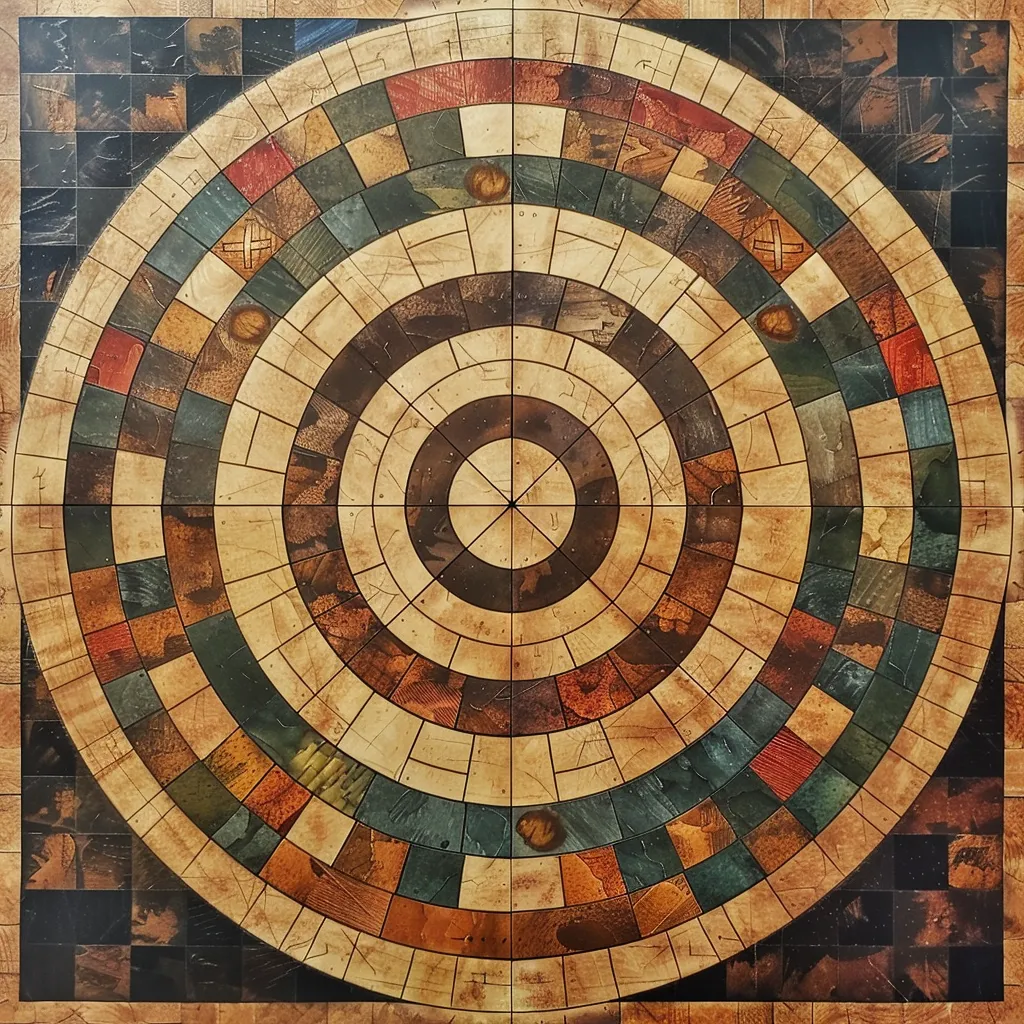
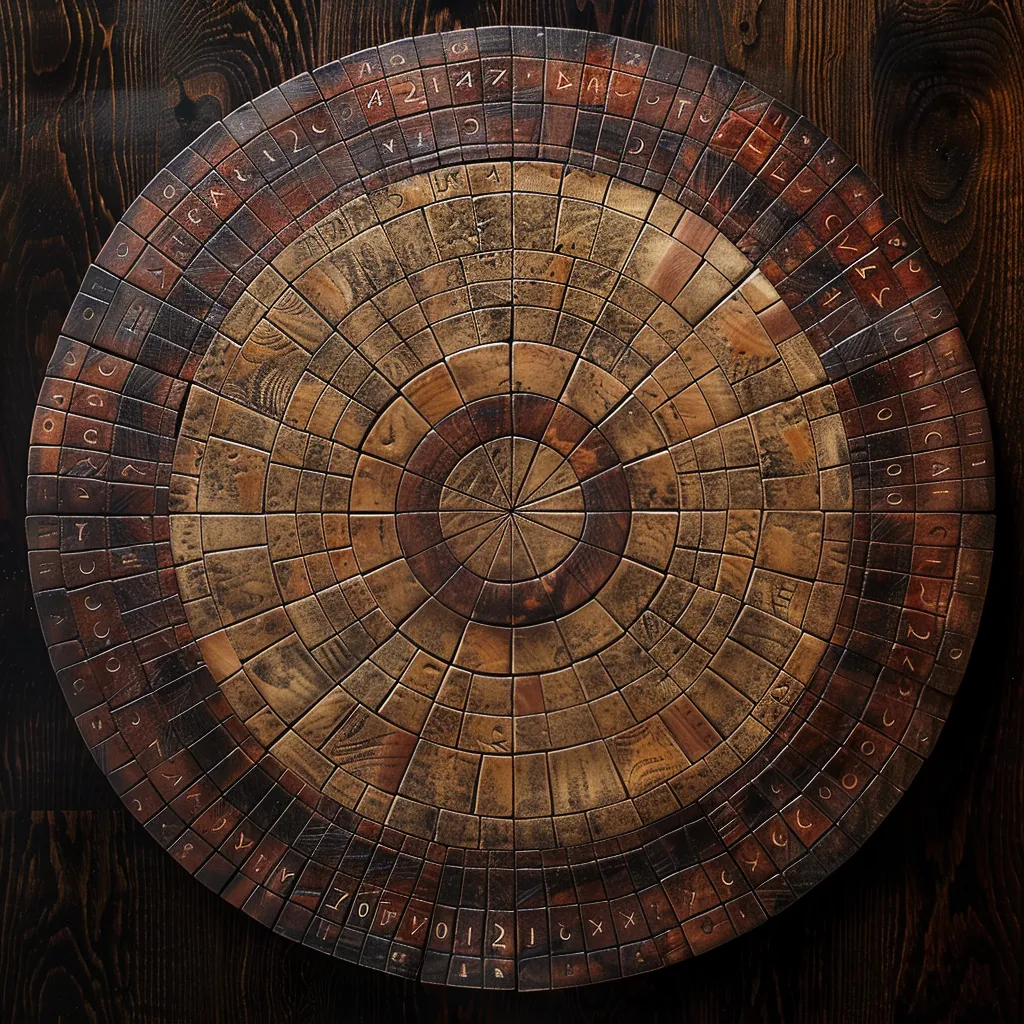
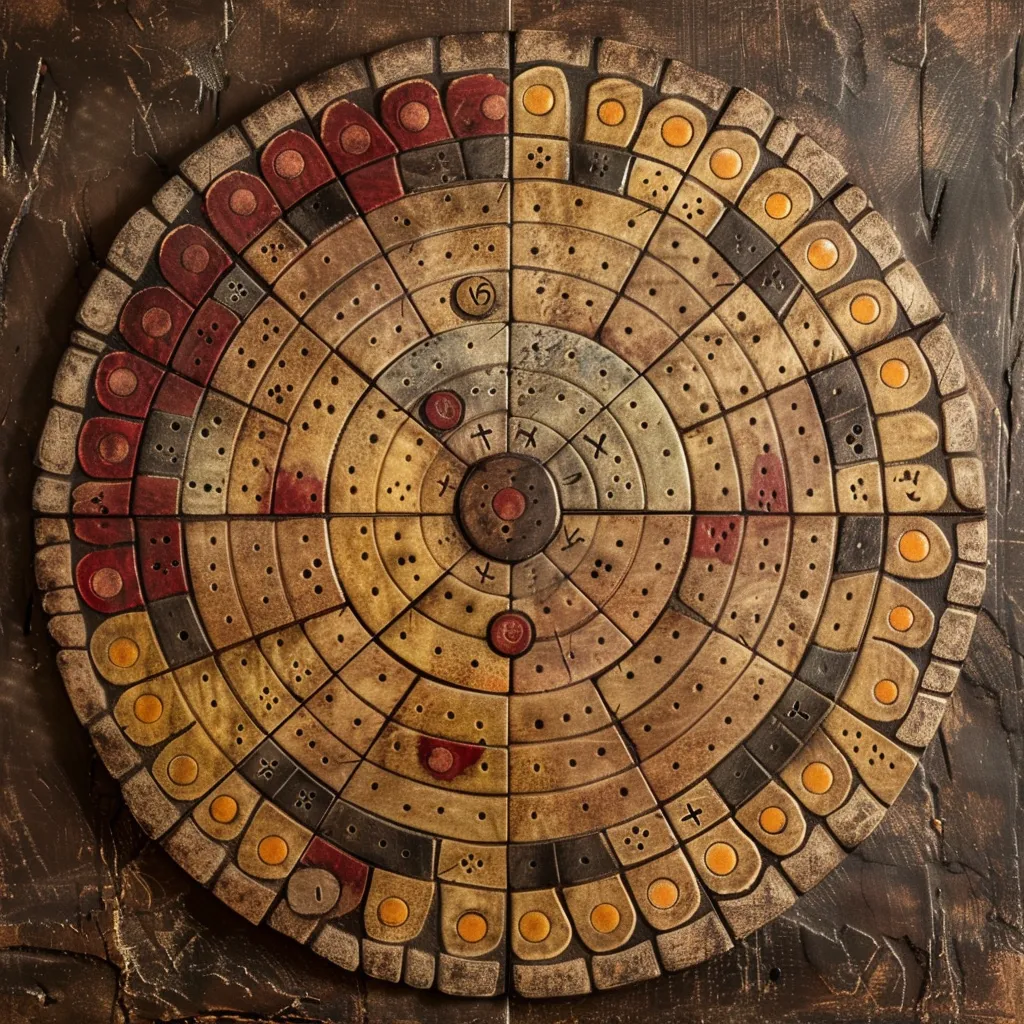
Guards: Twelve loyal warriors tasked with protecting the King at all costs.
Besiegers: Twenty-four attackers aiming to capture the King, representing the relentless forces Skeldrak faced.
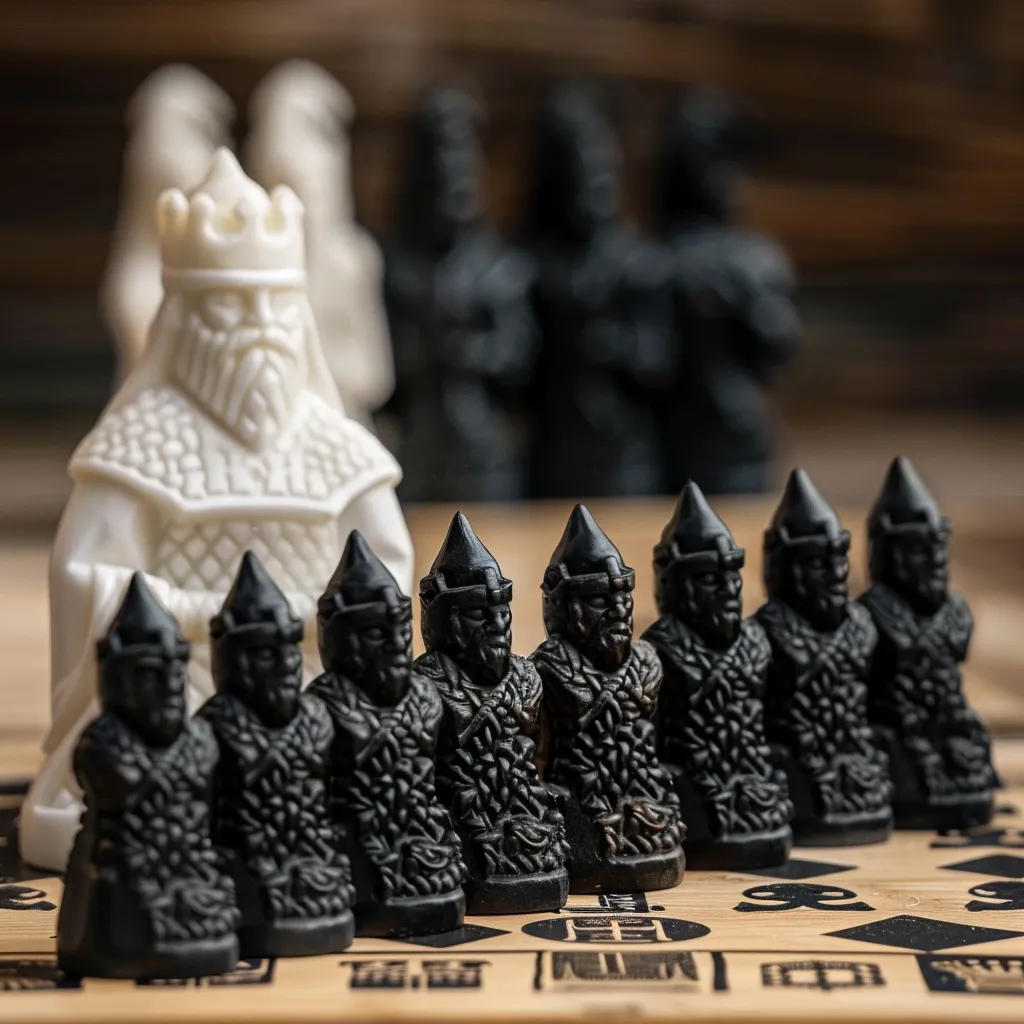
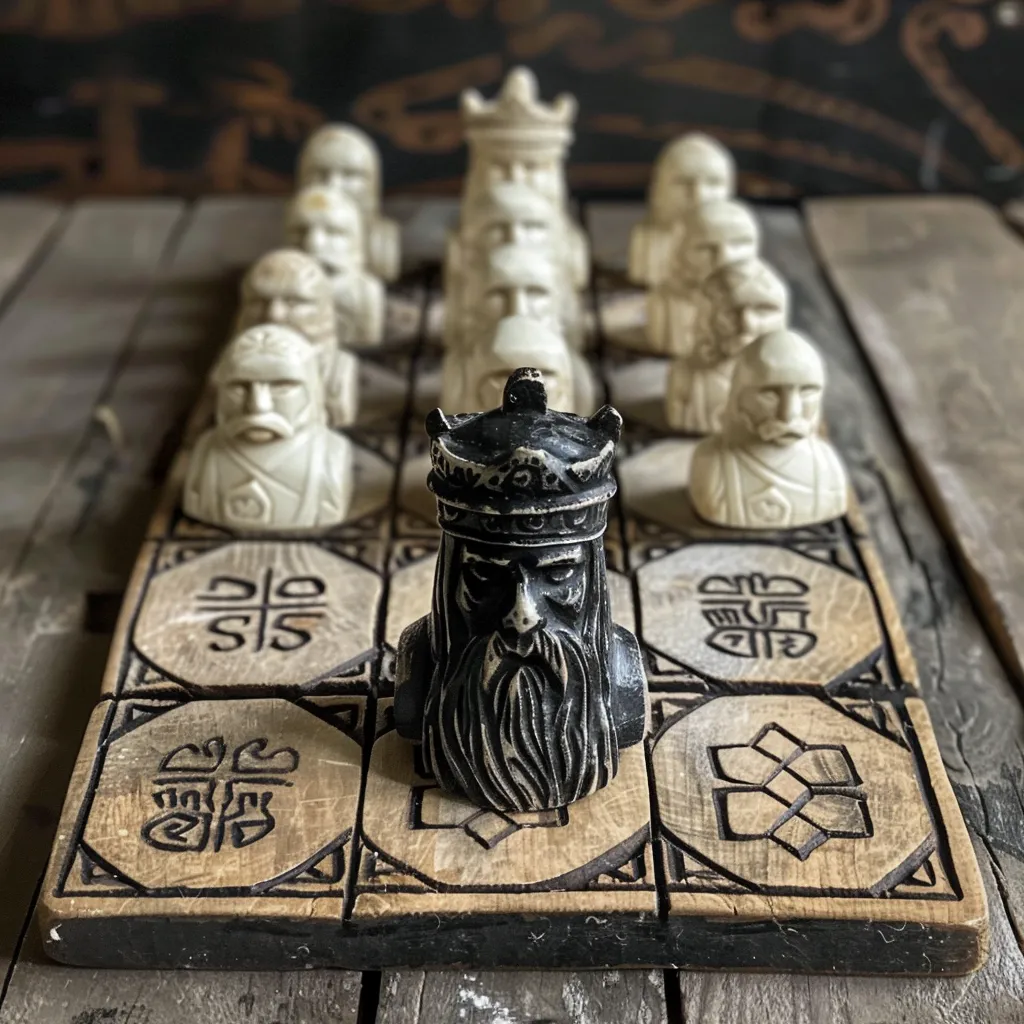
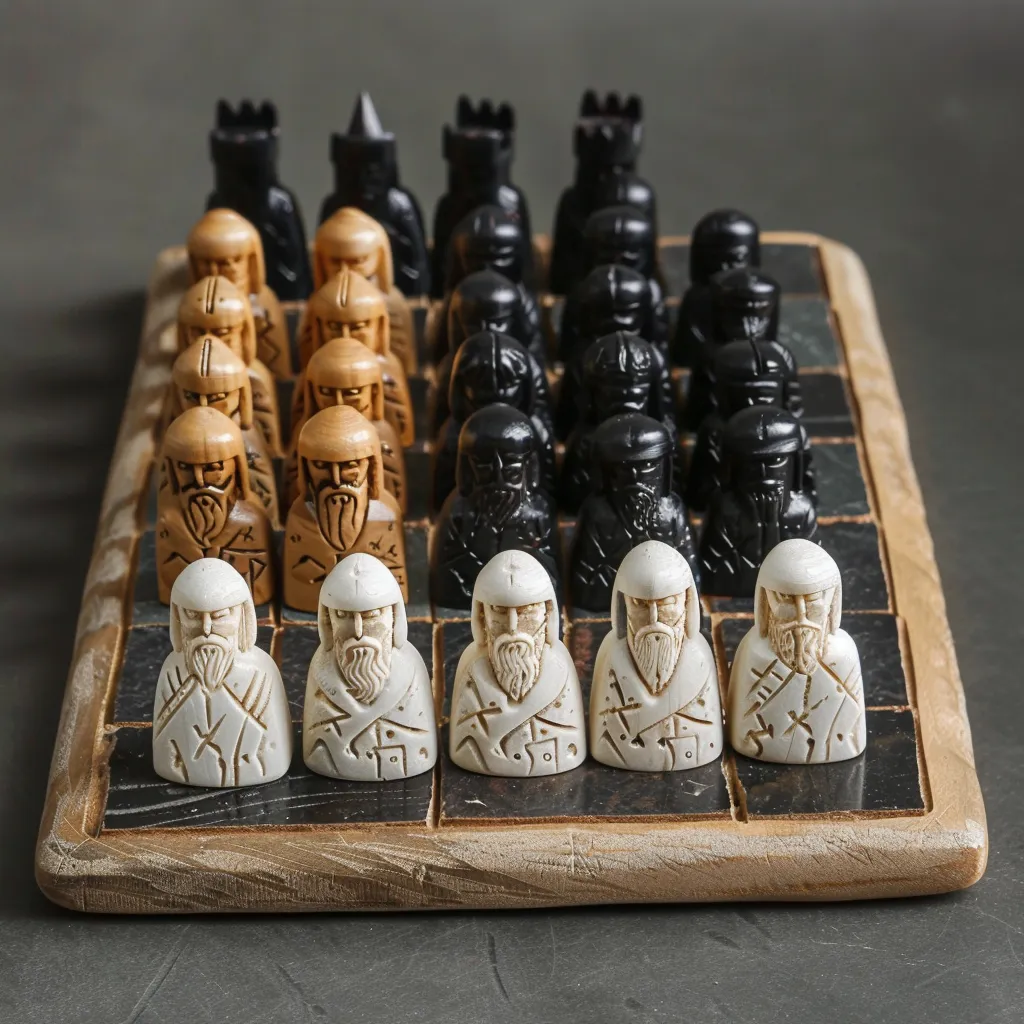
All pieces move any number of squares vertically or horizontally, similar to the rook in chess.
Pieces are captured by sandwiching an opponent's piece between two of your own along a row or column.
The King may escape and win the game by reaching any of the four corner squares, his designated safe havens.
Shield Formation: Guards can form an unbreakable shield formation, preventing their capture if they create a block of four adjacent pieces.
Siege Tactics: Besiegers cannot occupy the corner squares but can block the King's access to them.
King's Gambit: In this variant, the King can capture besiegers if flanked by his guards, adding a dynamic offensive capability to the defenders.
2 Large Dice (6 sides): Symbolize the king's elite guards, providing a balance between risk and reward.
4 Small Dice (6 sides): Represent the besieging forces, offering more chances for scoring but with potentially lower individual outcomes.
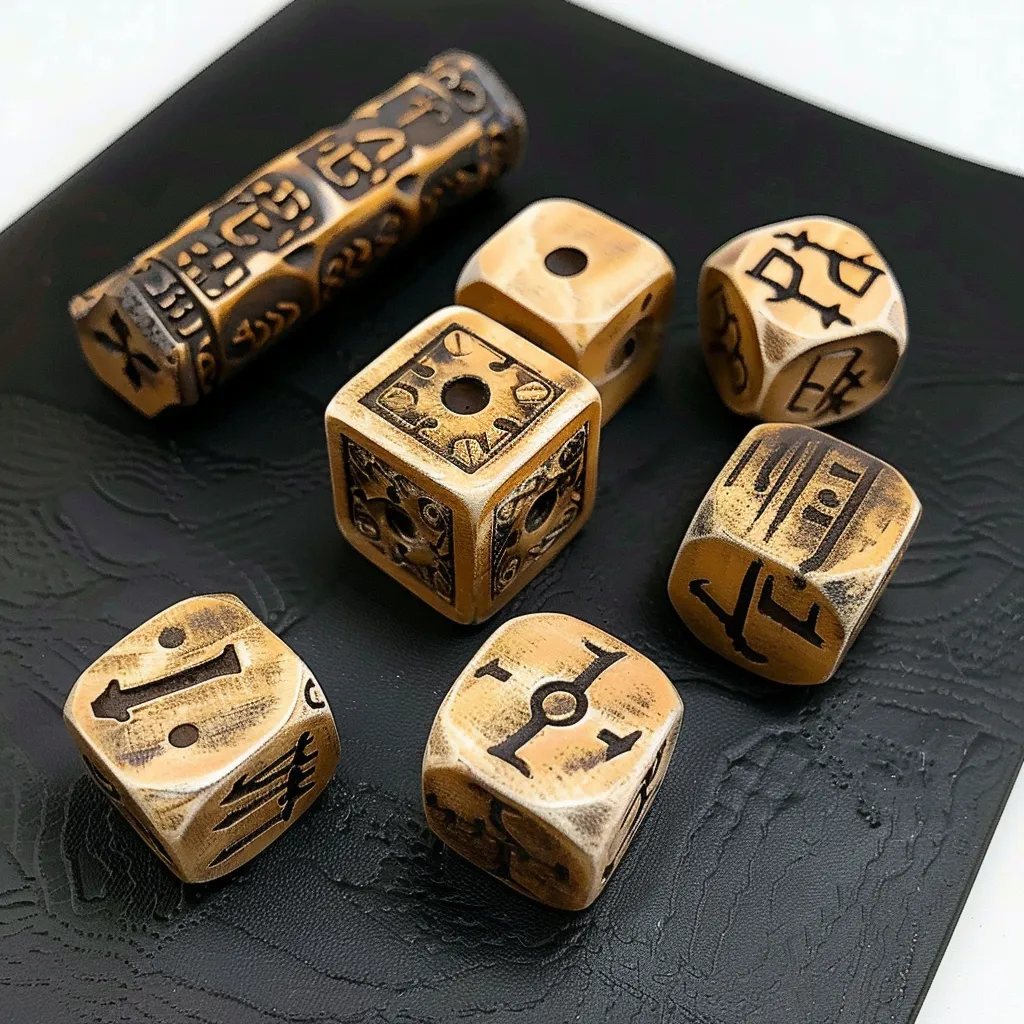
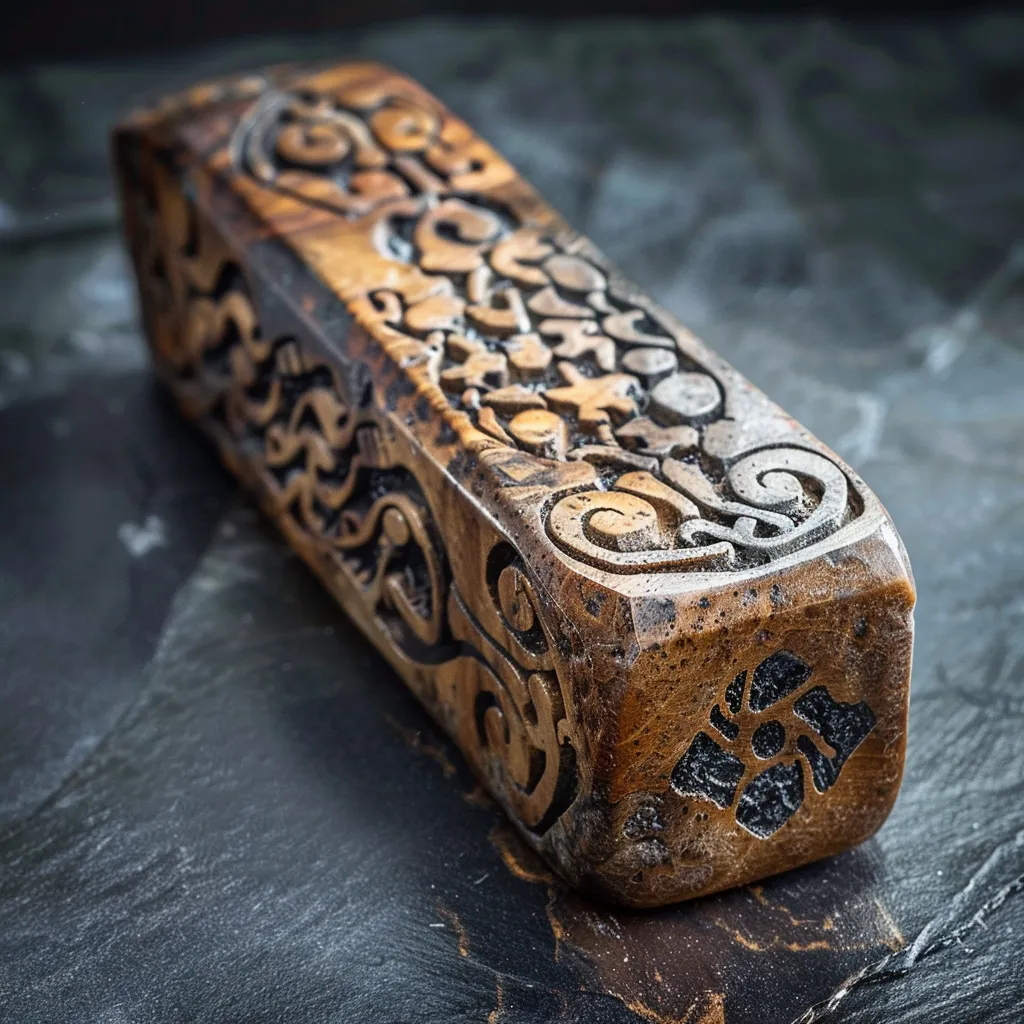
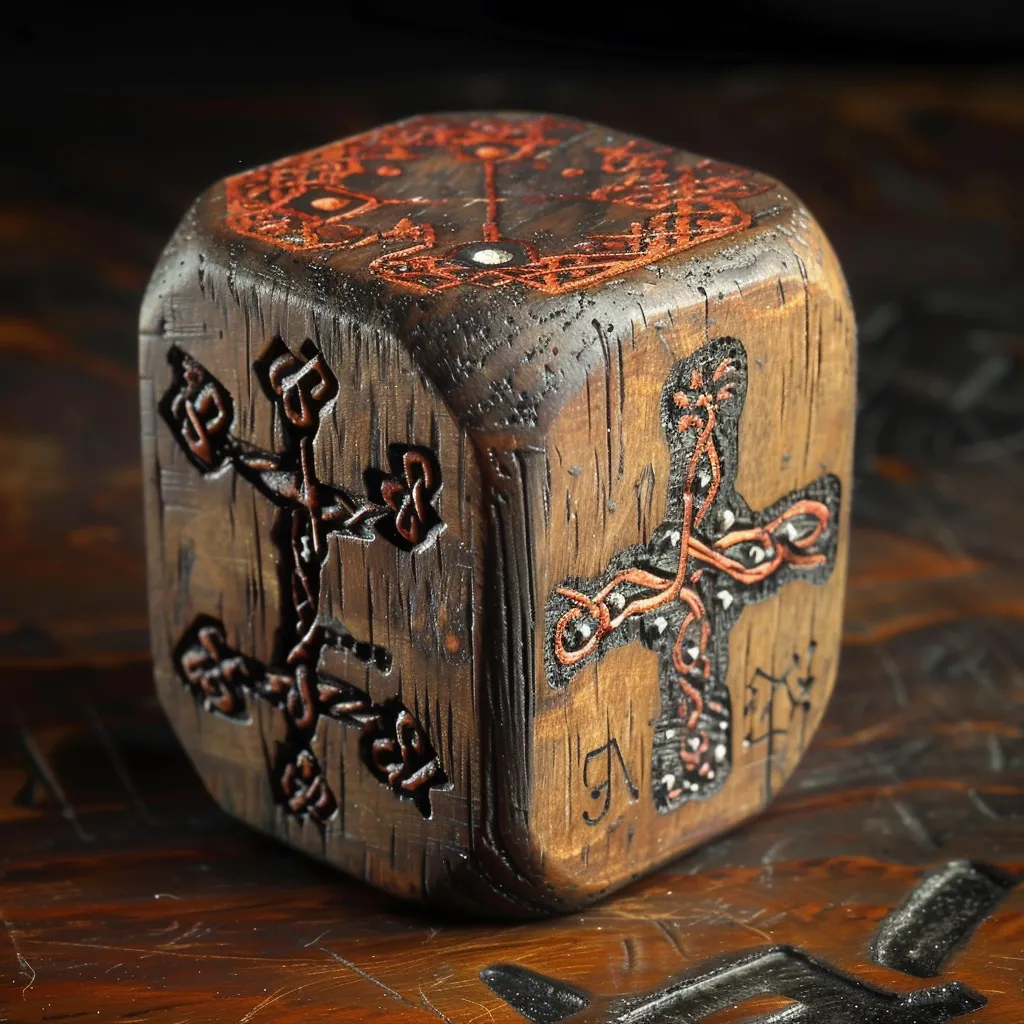
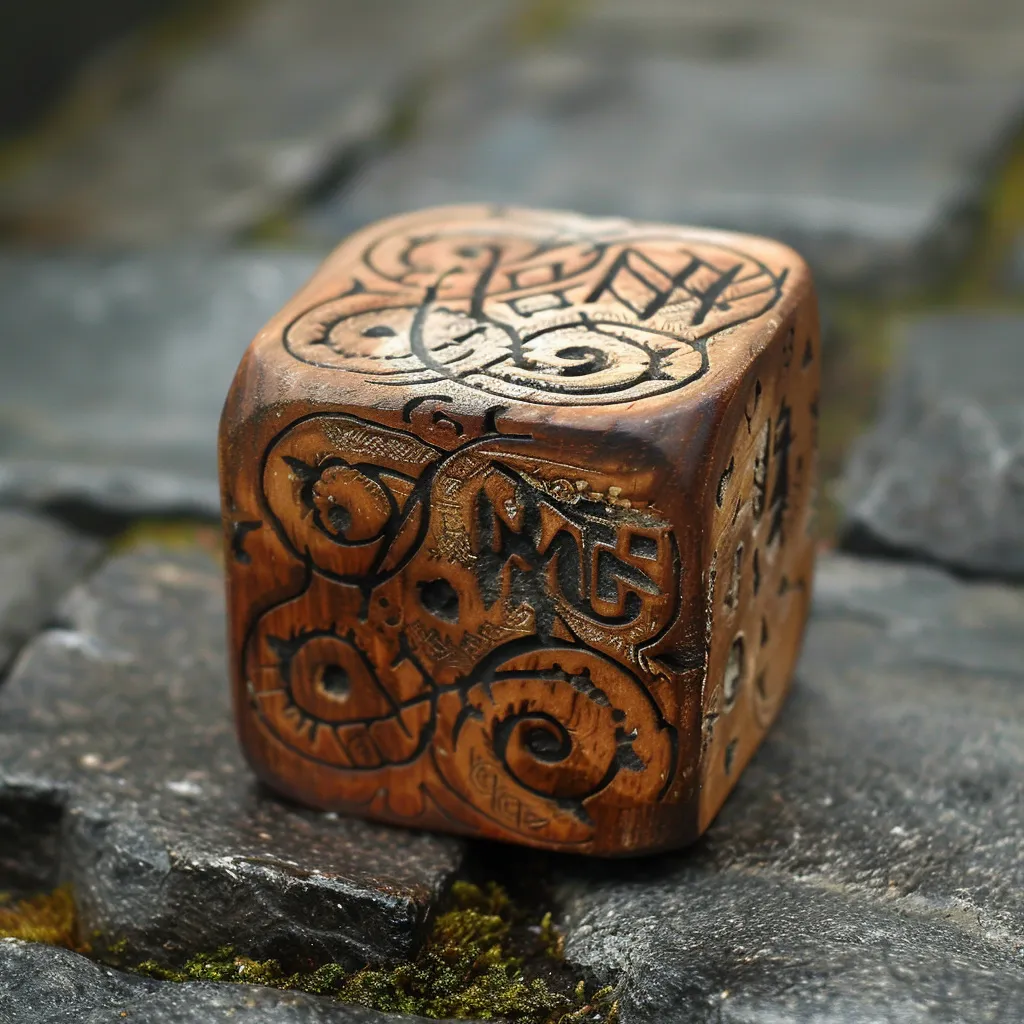
Rolling Phase: Players take turns rolling their chosen combination of dice. Each player gets one roll per round unless a tie necessitates a re-roll.
Scoring: The sum of the dice faces determines each player's score for the round. Special emphasis is placed on the Long Dice due to its symbolic importance and lower range of outcomes. Rolling the highest number on the Long Dice (4) can either double the total score of that roll or force the opponent to subtract the highest number rolled on their Large or Small dice from their total score (decided before starting the game). Winning: The player with the highest score at the end of the roll wins the round. The game can be structured over a predetermined number of rounds, and the player with the most round wins is declared the victor.
Guardian's Shield: Rolling identical numbers on the Large Dice can act as a multiplier for those dice alone, reflecting the guards' protective strength.
Besieger's Horde: Utilizing all four Small Dice provides more scoring opportunities but at the risk of diluting high rolls due to the sheer number of variables.
Setup
The game is played on a board of 11x11 squares, with the king positioned at the center surrounded by his twelve guards in a cross formation. The besiegers, twice in number, are positioned at the board's edges, ready to advance. The setup embodies the dire situation of Skeldrak and his men, cornered but determined.





Pieces
The King: The heart of the game, distinguished by his unique design, symbolizes Skeldrak himself.Guards: Twelve loyal warriors tasked with protecting the King at all costs.
Besiegers: Twenty-four attackers aiming to capture the King, representing the relentless forces Skeldrak faced.



Gameplay Mechanics
Moves are made alternately, starting with the besiegers.All pieces move any number of squares vertically or horizontally, similar to the rook in chess.
Pieces are captured by sandwiching an opponent's piece between two of your own along a row or column.
The King may escape and win the game by reaching any of the four corner squares, his designated safe havens.
Winning the Game
Victory for Skeldrak's side (defenders) is achieved when the King reaches any corner square, symbolizing his successful escape. The besiegers win by capturing the King, which requires surrounding him on all four sides or blocking all potential escape routes.Special Abilities and Rules
King's Privilege: The King can move to and from the corner squares, unlike other pieces.Shield Formation: Guards can form an unbreakable shield formation, preventing their capture if they create a block of four adjacent pieces.
Siege Tactics: Besiegers cannot occupy the corner squares but can block the King's access to them.
Variations
Dice Influence: A variation introduces dice to determine the number of squares pieces can move in a single turn, adding an element of chance to the strategic depth. The total dice roll can be split among multiple pieces as long as the total movement does not exceed the dice result.King's Gambit: In this variant, the King can capture besiegers if flanked by his guards, adding a dynamic offensive capability to the defenders.
Skeldrak's Dice Duel
In this variation, the essence of Skeldrak's legendary battles is captured through the simple yet strategic act of rolling dice. Players engage in a series of duels using a unique set of dice, each symbolizing different elements of the original game's forces. The aim is to outscore the opponent through a combination of luck and tactical choice of dice.Dice Composition
1 Long Dice (4 sides): Represents Skeldrak himself, the king, offering the most unpredictable outcomes.2 Large Dice (6 sides): Symbolize the king's elite guards, providing a balance between risk and reward.
4 Small Dice (6 sides): Represent the besieging forces, offering more chances for scoring but with potentially lower individual outcomes.




Gameplay
Agreement on Dice: Before the duel begins, players agree on the combination of dice to be used for that round. They can choose any mix, from solely relying on the king's fate with the Long Dice to a balanced strategy using all types.Rolling Phase: Players take turns rolling their chosen combination of dice. Each player gets one roll per round unless a tie necessitates a re-roll.
Scoring: The sum of the dice faces determines each player's score for the round. Special emphasis is placed on the Long Dice due to its symbolic importance and lower range of outcomes. Rolling the highest number on the Long Dice (4) can either double the total score of that roll or force the opponent to subtract the highest number rolled on their Large or Small dice from their total score (decided before starting the game). Winning: The player with the highest score at the end of the roll wins the round. The game can be structured over a predetermined number of rounds, and the player with the most round wins is declared the victor.
Sub-Variations
Hero's Boon: Any roll of 1 on the Long Dice can either grant the player an additional roll of one Small Dice or subtract from the opponent's score, adding a strategic decision to lower rolls.Guardian's Shield: Rolling identical numbers on the Large Dice can act as a multiplier for those dice alone, reflecting the guards' protective strength.
Besieger's Horde: Utilizing all four Small Dice provides more scoring opportunities but at the risk of diluting high rolls due to the sheer number of variables.
Strategy
The strategic depth of Skeldrak's Dice Duel lies in choosing the right combination of dice for each round, predicting the opponent's choice, and managing the risk and reward inherent in each roll. Like the board game, it's a blend of strategy, risk, and luck, simplified into a fast-paced, engaging dice game.
Strategy
The essence of Skeldrak's Escape lies in the delicate balance of aggression and defense. The besiegers must carefully coordinate their approach to trap the King, while the defenders must skillfully navigate the board to clear a path for their monarch's escape.
The essence of Skeldrak's Escape lies in the delicate balance of aggression and defense. The besiegers must carefully coordinate their approach to trap the King, while the defenders must skillfully navigate the board to clear a path for their monarch's escape.
Item type
Miscellaneous
















